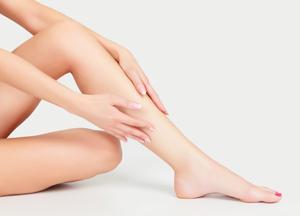An estimated 30 to 60 percent of adults have varicose veins. The bumpy, purple and blue rope-like veins are not only painful, but also don’t look very pretty. These types of veins are not a one-size-fits-all deal. They come in multiple shapes and sizes and their size determines what types of treatments are available.
Spider veins are the smallest type of varicose vein
In fact, they’re called spider veins because they’re thin and also branch out under the skin like a spider’s web. These veins could occur on the face or legs. Unlike what we commonly refer to as varicose, these veins are not raised or bumpy. They can be treated with sclerotherapy or a laser treatment.
Medium sized veins

These veins are not very aesthetic and may be very painful, much more painful than spider veins. Ambulatory phlebectomy is one type of treatment option and patients can return to normal by the next day, making this a very convenient option. To remove the vein, the physician makes several incisions in the skin, pulls the vein until it breaks, and removes it in pieces. This procedure could cause pain, bruising and scarring.
Large veins
These are the most painful type of vein. After vein striping surgery, you may not be able to return to your normal routine for about three weeks.
Ways to treat varicose veins
Sclerotherapy is a solution injected into the vein that causes vein walls to swell and stick together. Eventually, they’ll close shut. A short time after, the vein turns to scar tissue meaning they will no longer be visible. In a laser treatment, laser light is directed at the skin’s surface, along the course of the vein.
If you have any questions about vein screening or compression stockings, do not hesitate to call us at 239-694-VEIN or send us a quick email at info@eVeinscreening.com.


